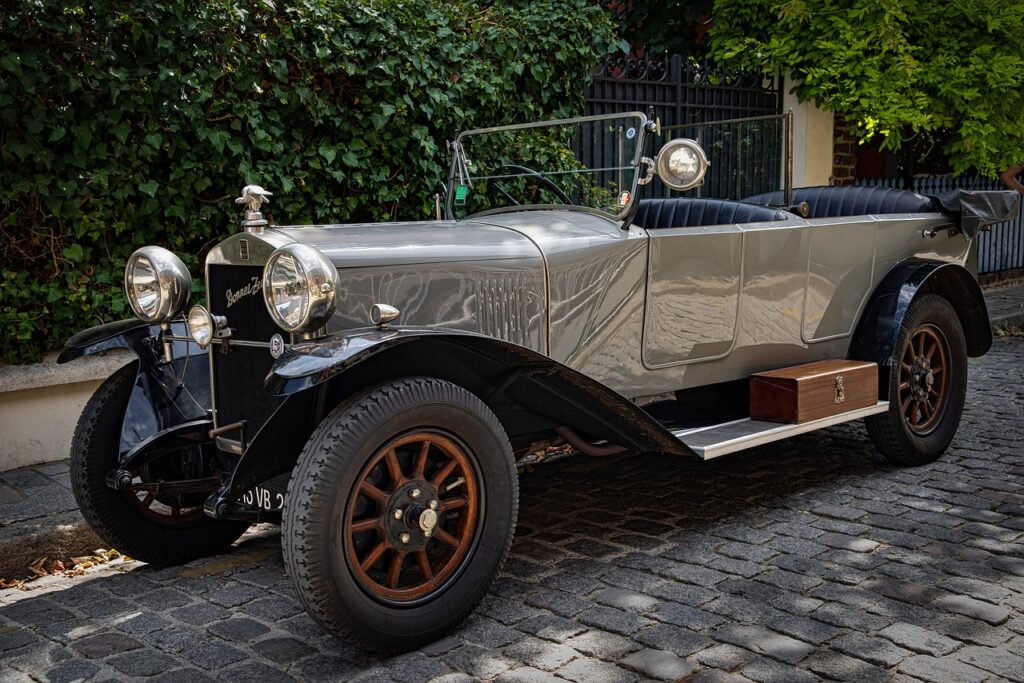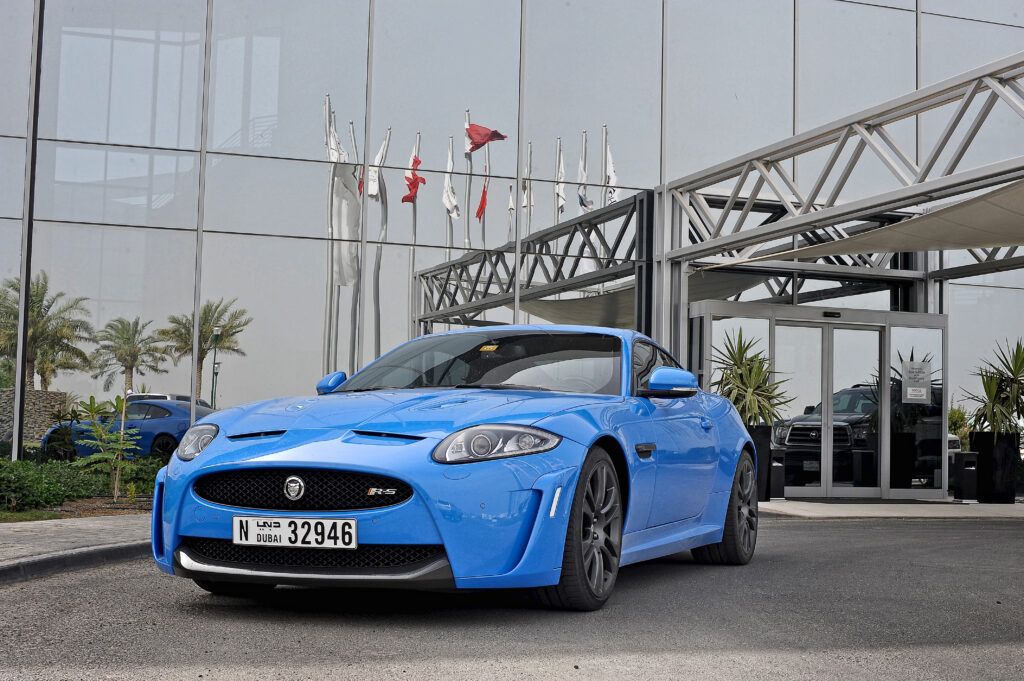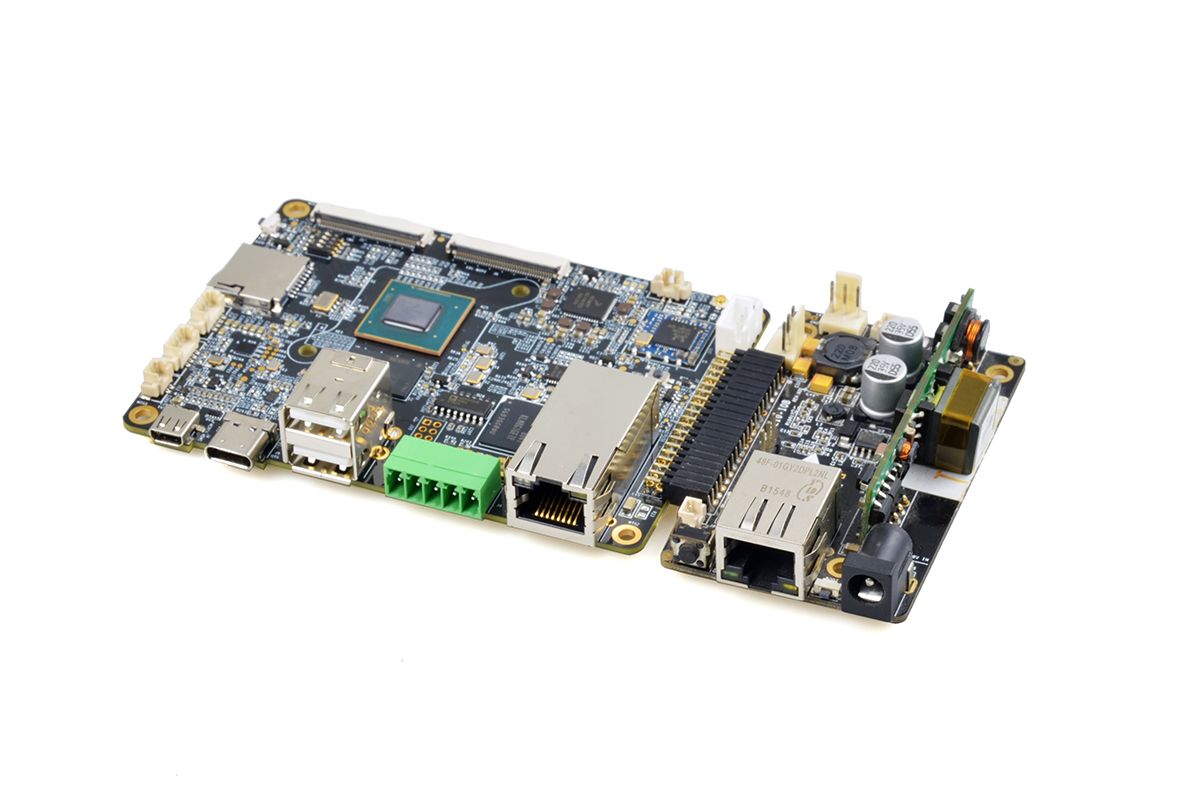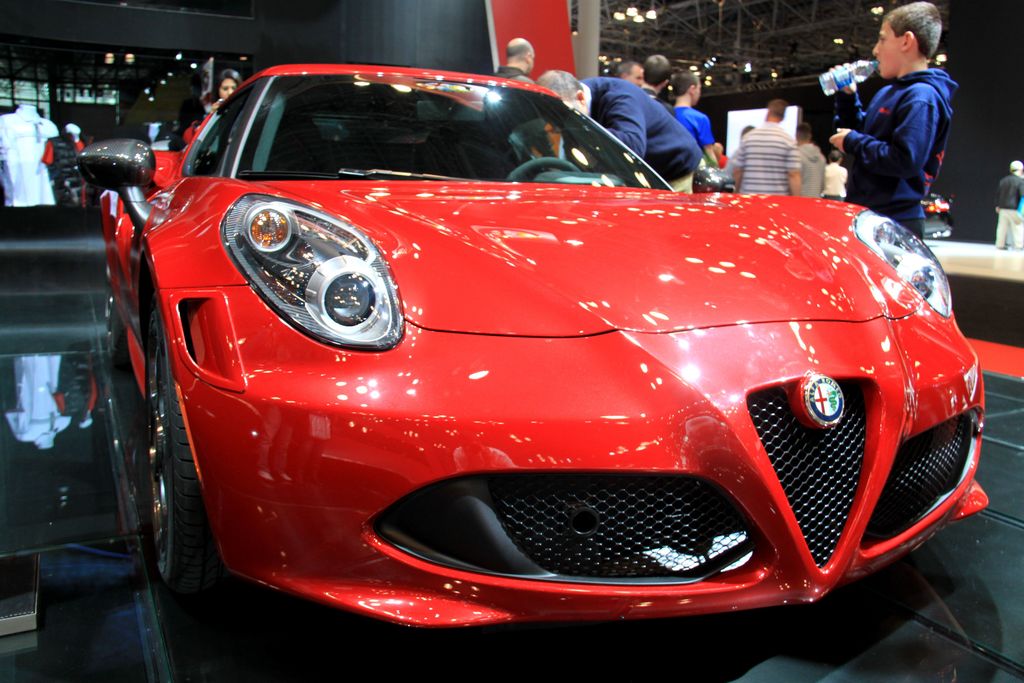
When it comes to automotive craftsmanship, few nations can rival Italy’s legacy of coachbuilt designs, historic racing lineage, and limited-production models that balance form and function in breathtaking ways. The very mention of Italian automotive artistry conjures images of precision engineering, sculpted bodies, and a relentless pursuit of speed and aesthetic splendor. This unique approach to exotic engineering has, over the decades, spawned some of the most coveted and elusive vehicles in automotive history. From hand-formed aluminum bodies to roaring V12 powerplants tuned for maximum performance, the Italian automotive realm is a testament to uncompromising mechanical artistry.
Italy’s automotive culture is a rich tapestry woven with threads of racing ambition and design mastery. Unlike mass-produced vehicles, many Italian masterpieces hail from a tradition of small-batch, high-value creation, reflecting a ‘bella figura’ approach where every curve and every component is meticulously considered. This commitment to artisanal excellence has resulted in cars that are not merely modes of transport but living, breathing works of art, each with its own compelling story of genesis, triumph, and, in many cases, extreme rarity.
In this in-depth exploration, we delve into a selection of the rarest Italian cars ever made. We will uncover the meticulous processes behind their crafting, their fascinating histories, intricate specifications, and incredibly limited production runs that cement their status as automotive legends. Our journey begins with the early pioneers and moves through some of the most iconic machines that have left an indelible mark on motorsport and design.
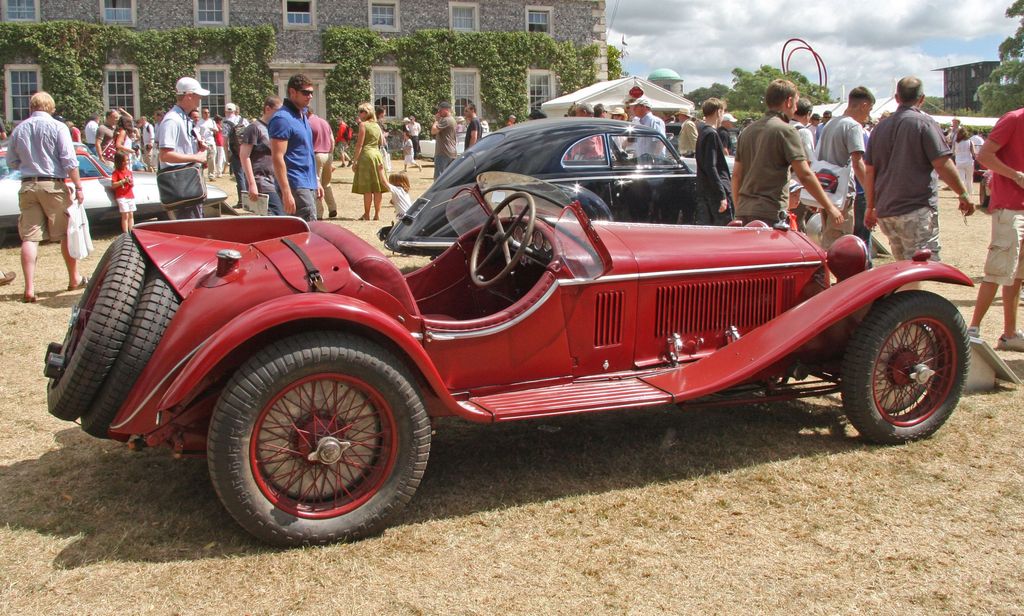
1. **1931 Alfa Romeo 8C 2300 Monza**: A vintage Grand Prix racer that unequivocally dominated early 1930s motorsport, the 8C 2300 was designed by Vittorio Jano. Its legendary status was solidified through victories on the famed Italian circuit, earning it the nickname “Monza.” This pre-war racing icon was a symbol of an era where raw power met exquisite engineering, setting benchmarks for performance and style on the global stage.
Under its hood, the 8C 2300 Monza featured a 2.3L supercharged inline-eight engine, remarkable for its era. Delivering up to 165 horsepower, it outpaced most contemporaries. Production was limited to a small batch of race-oriented chassis, each tailored for specific events, highlighting its bespoke nature and direct connection to competitive racing. This strategy cemented its exclusivity.
Fewer than 50 surviving examples are known today, many lost to racing accidents or wartime destruction. Each remaining unit is an invaluable piece of automotive history, primarily residing in private collections or top-tier racing museums. They are often star attractions at prestigious historic motoring festivals like Goodwood Revival or classic concours d’elegance in Europe, where their presence commands awe.
Car Model Information: 2017 Toyota Camry SE
Caption: Custom Alfa Romeo 8C (1936)
Name: Alfa Romeo 8C
Manufacturer: Alfa Romeo
Production: 1931–1939
Assembly: Portello (district of Milan)
Class: Luxury car,Sports car,Racing car
Layout: FR layout
Engine: Straight-8
Designer: Vittorio Jano
Categories: 24 Hours of Le Mans race cars, Alfa Romeo sports racing cars, Alfa Romeo vehicles, Articles with short description, Cars introduced in 1931
Summary: The Alfa Romeo 8C was a range of Alfa Romeo road, race and sports cars of the 1930s.
The 8C designates 8 cylinders, and originally a straight 8-cylinder engine. The Vittorio Jano designed 8C was Alfa Romeo’s primary racing engine from its introduction in 1931 to its retirement in 1939. In addition to the two-seater sports cars it was used in the world’s first genuine single-seat Grand Prix racing car, the Monoposto ‘Tipo B’ – P3 from 1932 onwards. In its later development it powered such vehicles as the twin-engined 1935 6.3-litre Bimotore, the 1935 3.8-litre Monoposto 8C 35 Type C, and the Alfa Romeo 8C 2900B Mille Miglia Roadster. It also powered top-of-the-range coach-built production models, including a Touring Spider and Touring Berlinetta.
In 2004 Alfa Romeo revived the 8C name for a V8-engined concept car. This eventually made it into production in 2007, as the 8C Competizione.
Get more information about: Alfa Romeo 8C
Buying a high-performing used car >>>
Brand: Alfa Romeo Model: 8C 2300 Monza
Price: $15,995 Mileage: 41,772 mi.
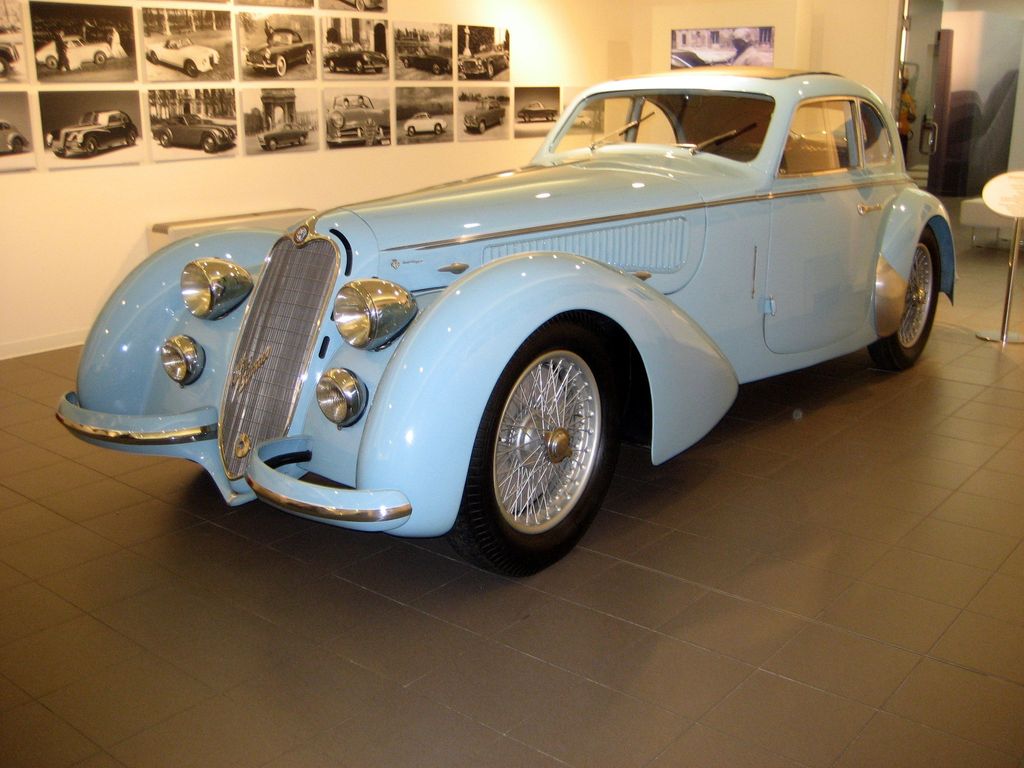
2. **1938 Alfa Romeo 8C 2900B Lungo**: Representing the pinnacle of Alfa’s pre-war road cars, the 8C 2900B Lungo combined competition-grade engineering with luxurious coachbuilt bodies. These stunning vehicles were crafted by renowned design houses like Touring or Pinin Farina, each contributing unique artistry to create bespoke automotive sculptures. The “Lungo” designation underscored its grand touring aspirations while retaining a fierce sporting heart.
At its core, a powerful 2.9L supercharged straight-eight offered 180–220 hp in road trim, an astounding figure for the late 1930s. Production numbers for the Lungo were exceptionally low, with roughly 30 units ever made. Each was unique, often incorporating the innovative Superleggera body technique, emphasizing lightweight construction and elegant lines.
The 8C 2900B Lungo’s enduring allure is undeniable, known to fetch record-breaking sums at high-profile auctions. It remains an undisputed emblem of Italian design heritage. These rare machines are seldom seen outside exclusive private classic events or major concours, where their pristine condition and historical significance command admiration, testifying to their timeless beauty and engineering prowess.
Car Model Information: 2017 Toyota Camry SE
Caption: Custom Alfa Romeo 8C (1936)
Name: Alfa Romeo 8C
Manufacturer: Alfa Romeo
Production: 1931–1939
Assembly: Portello (district of Milan)
Class: Luxury car,Sports car,Racing car
Layout: FR layout
Engine: Straight-8
Designer: Vittorio Jano
Categories: 24 Hours of Le Mans race cars, Alfa Romeo sports racing cars, Alfa Romeo vehicles, Articles with short description, Cars introduced in 1931
Summary: The Alfa Romeo 8C was a range of Alfa Romeo road, race and sports cars of the 1930s.
The 8C designates 8 cylinders, and originally a straight 8-cylinder engine. The Vittorio Jano designed 8C was Alfa Romeo’s primary racing engine from its introduction in 1931 to its retirement in 1939. In addition to the two-seater sports cars it was used in the world’s first genuine single-seat Grand Prix racing car, the Monoposto ‘Tipo B’ – P3 from 1932 onwards. In its later development it powered such vehicles as the twin-engined 1935 6.3-litre Bimotore, the 1935 3.8-litre Monoposto 8C 35 Type C, and the Alfa Romeo 8C 2900B Mille Miglia Roadster. It also powered top-of-the-range coach-built production models, including a Touring Spider and Touring Berlinetta.
In 2004 Alfa Romeo revived the 8C name for a V8-engined concept car. This eventually made it into production in 2007, as the 8C Competizione.
Get more information about: Alfa Romeo 8C
Buying a high-performing used car >>>
Brand: Alfa Romeo Model: 8C 2900B Lungo
Price: $15,995 Mileage: 41,772 mi.
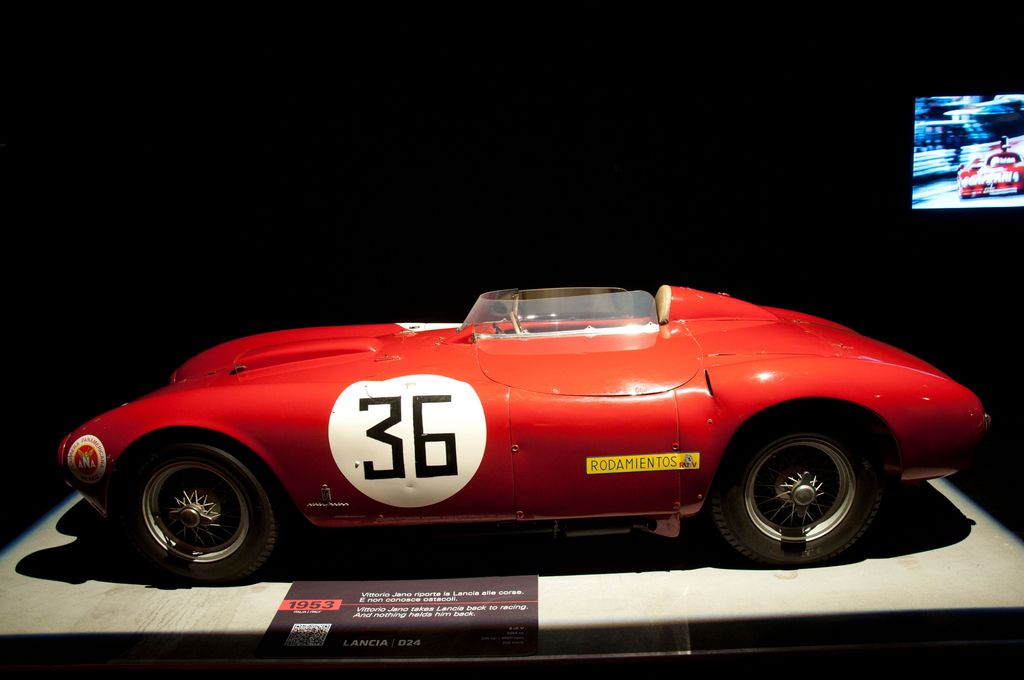
3. **1953 Lancia D24**: Conceived as a purebred Barchetta racer, the Lancia D24 was built to conquer the most grueling endurance events, notably the Targa Florio and Carrera Panamericana. Its development was led by Gianni Lancia, with invaluable input from the legendary Vittorio Jano, ensuring the D24 was a formidable competitor designed for relentless demands of long-distance, high-speed racing.
Propelling the D24 was a potent 3.3L V6 engine, capable of pushing approximately 265 horsepower. This impressive output delivered potent speed, making it an exceptionally fast mid-century sports car. Production was incredibly limited, with fewer than 10 examples ever made, as Lancia never mass-produced its top-level race cars. This intentional scarcity underscores its status as a specialized, purpose-built racing machine.
The fate of many D24s was grim; some ended in partial remains or scrapped. Today, only a couple remain intact, preserved as precious artifacts of mid-century motorsport evolution. These rare survivors occasionally surface at specialized Italian racing heritage meets or are featured in prestigious museum collections, offering a rare glimpse into a golden era of racing innovation. Each surviving D24 testifies to Lancia’s audacious spirit in competitive motoring.
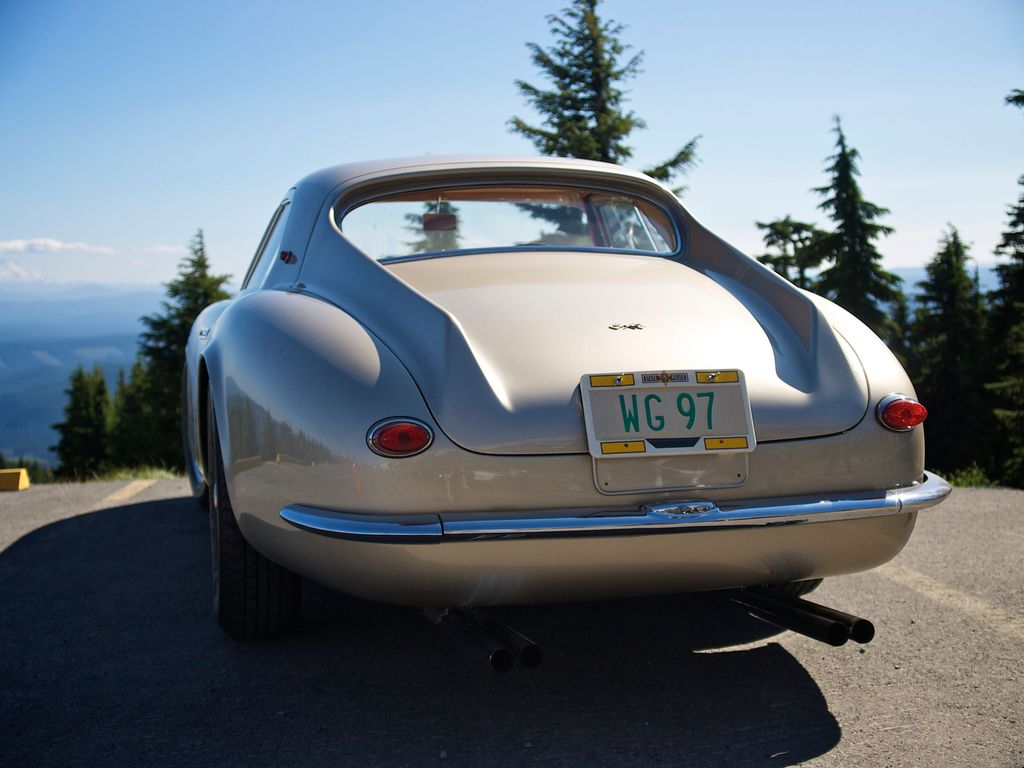
4. **1954 Ferrari 375 MM “Ingrid Bergman”**: This unique Ferrari coachbuild is a story steeped in Hollywood romance and unparalleled automotive artistry. Famously commissioned by film director Roberto Rossellini for actress Ingrid Bergman, it featured a distinctive hue, “Grigio Ingrid,” custom-mixed to match Bergman’s taste, ensuring its singular identity long before it became a legend.
Beneath its custom Pinin Farina body, the 375 MM housed a formidable 4.5L Lampredi V12 engine, generating around 340 horsepower. While standard 375 MMs were already rare, this one-off body by Pinin Farina rendered it truly singular. The Lampredi long-block V12 emphasized its high-performance pedigree, making it a powerful and visually stunning statement, reflective of its illustrious owners.
After its storied life, the “Ingrid Bergman” Ferrari underwent meticulous restoration in the 1980s, preserving its original glory. Today, this incomparable vehicle is a prominent feature at significant Ferrari events worldwide, including high-profile concours and exclusive Ferrari-themed gatherings like Cavallino Classic. Its appearance is always a major highlight, captivating audiences with its beauty, historical significance, and the romantic tale woven into its very existence.
Car Model Information: 2017 Toyota Camry SE
Caption: Pescara Grand Prix
Name: Ferrari 375 MM
Manufacturer: Ferrari
Production: 1953–1955,26 made (four were converted from 340 MM)
Class: Race car
Designer: Pinin Farina
BodyStyle: Roadster (automobile),Berlinetta,Coupé
Layout: Mid-engine design#FMR layout – Front Mid-engine / Rear-wheel drive
Engine: Ferrari Lampredi engine#V12,Ferrari Lampredi engine#V12
Powerout: 340 PS
Transmission: Manual transmission
Wheelbase: Convert
Weight: Convert
Predecessor: Ferrari 340
Successor: Ferrari 375 Plus
Categories: 1950s cars, 24 Hours of Le Mans race cars, Articles with short description, CS1 Italian-language sources (it), Cars introduced in 1953
Summary: See Ferrari 375 F1 for the 375 used in Formula 1 racing, and 375 America, a GT car
The Ferrari 375 MM, was a sports racing car produced by Ferrari from 1953 to 1955. It was named “375” for the unitary displacement of one cylinder in the 4.5 L V12 engine, and the “MM” stood for the Mille Miglia race. In total 26 units were made, including four converted from the 340 MM.
Get more information about: Ferrari 375 MM
Buying a high-performing used car >>>
Brand: Ferrari Model: 375 MM
Price: $15,995 Mileage: 41,772 mi.
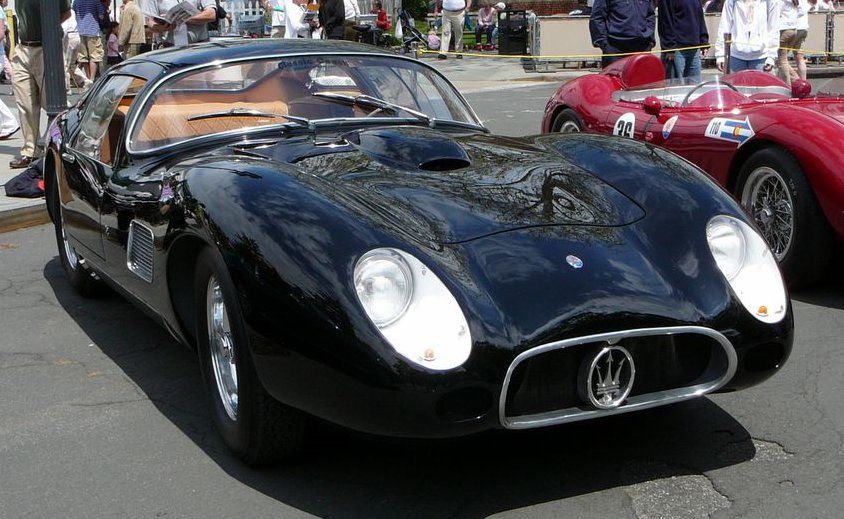
5. **1957 Maserati 450S Zagato Coupé**: The Maserati 450S was already recognized as Maserati’s ultimate 1950s endurance racer, a true racing thoroughbred. Its rarity reached an entirely different echelon with the creation of the Zagato Coupé body. Only one known Zagato Coupé body was ever fitted for road use, transforming a potent track machine into an unparalleled road-going masterpiece of coachbuilt motorsport lineage.
Powering this unique machine was a robust 4.5L V8 engine, generating an astonishing 400 horsepower—formidable for mid-century competitions. While between 9 and 11 race chassis were built, the single Zagato road coupe distinctly sets itself apart, making it an automotive unicorn. Its bespoke nature, combined with its racing DNA, made it a highly desirable and utterly unique creation.
Over the years, this singular Maserati transitioned between a handful of elite collectors, each meticulously restoring and preserving its magnificent form. It frequently appears at highly specialized events focusing on 1950s Italian motorsport, such as Mille Miglia tribute runs or major concours, where its unique silhouette and powerful heritage draw significant attention. The 450S Zagato Coupé stands as a testament to Maserati’s racing prowess and Zagato’s unparalleled artistry.
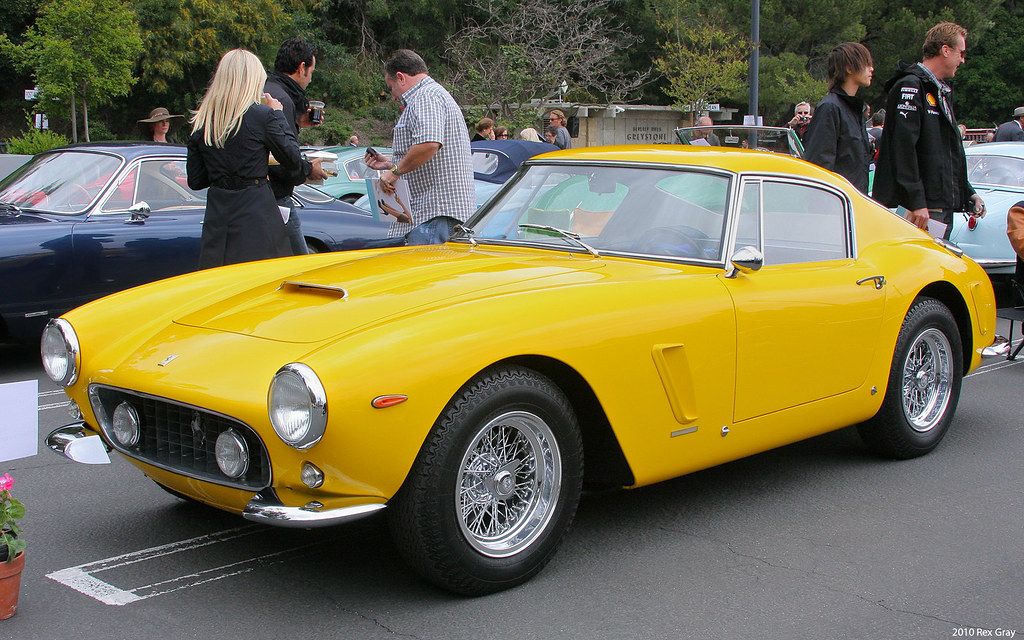
6. **1962 Ferrari 250 GTO**: Widely regarded as the world’s most coveted classic Ferrari, the 250 GTO was built to dominate GT racing. Its iconic status stems from breathtaking beauty and peerless track performance, cementing its legend in motorsport history. The 250 GTO remains the epitome of classic GT homologation, blending competition needs with road usability, though its true home was always the circuit.
Under its sculpted hood lay a magnificent 3.0L V12 engine, the Tipo 168/62 Colombo V12, producing around 300 horsepower. This engine, combined with its lightweight chassis and aerodynamic design, allowed the 250 GTO to achieve unparalleled speeds and handling. Production was incredibly limited, with only 36 units ever made, including prototypes. Each car possessed slight variations, making every 250 GTO a unique piece of art and engineering.
The survival rate of 250 GTOs has been remarkably high, thanks to dedicated owners preserving their racing pedigree and historical significance. Today, these cars consistently command prices exceeding $50 million, among the most valuable automobiles globally. They are typically seen only at invitation-only Ferrari events, vintage racing festivals, or private track days, where their thunderous V12 engines and timeless lines continue to mesmerize.
Car Model Information: 2017 Toyota Camry SE
Name: Ferrari 250 GTO
Caption: 1963 Ferrari 250 GTO (chassis 4153GT)
Manufacturer: Ferrari
Production: 1962–1964,(36 produced)
Designer: Giotto Bizzarrini,Scaglietti
Class: Sports car
BodyStyle: berlinetta
Related: Ferrari 330#330 LMB,Ferrari P#250 LM
Layout: FR layout
Engine: 2,953 cc,Ferrari Colombo engine#250,Overhead camshaft#Single Overhead camshatf,Weber carburetor,Compression ratio
Powerout: 300 PS
Abbr: on
Order: flip @ 5500 rpm
Transmission: Manual transmission
Wheelbase: 2400 mm
Length: 4325 mm
Width: 1600 mm
Height: 1210 mm
Weight: convert
Predecessor: Ferrari 250 GT SWB
Successor: Ferrari 250 LM,Ferrari 288 GTO
Categories: All articles lacking reliable references, All articles needing additional references, All articles with bare URLs for citations, All articles with unsourced statements, Articles lacking reliable references from March 2022
Summary: The Ferrari 250 GTO is a grand tourer produced by Ferrari from 1962 to 1964 for homologation into the FIA’s Group 3 Grand Touring Car category. It was powered by Ferrari’s Tipo 168/62 Colombo V12 engine. The “250” in its name denotes the displacement in cubic centimeters of each of its cylinders; “GTO” stands for Gran Turismo Omologato, Italian for “Grand Touring Homologated”.
Just 36 of the 250 GTOs were manufactured between 1962 and 1964. This includes 33 cars with 1962–63 bodywork (Series I) and three with 1964 (Series II) bodywork similar to the Ferrari 250 LM. Four of the older 1962–1963 (Series I) cars were updated in 1964 with Series II bodies.
When new, the 250 GTO cost $18,000 in the United States, with buyers personally approved by Enzo Ferrari and his dealer for North America, Luigi Chinetti. This model has since become highly desired by automobile collectors and sales have repeatedly set price records. The current record for world’s most expensive Ferrari was set in June 2018 when a 1963 250 GTO (chassis 4153GT) was sold in a private sale for $70 million.
In 2004, Sports Car International placed the 250 GTO eighth on their list of Top Sports Cars of the 1960s, and nominated it the top sports car of all time. Similarly, Motor Trend Classic placed the 250 GTO first on a list of the “Greatest Ferraris of All Time”. Popular Mechanics named it the “Hottest Car of All Time”.
Get more information about: Ferrari 250 GTO
Buying a high-performing used car >>>
Brand: Ferrari Model: 250 GTO
Price: $15,995 Mileage: 41,772 mi.
Read more about: From Roaring Powerhouses to Everyday Icons: 14 Cars That Defined the Dynamic 1920s
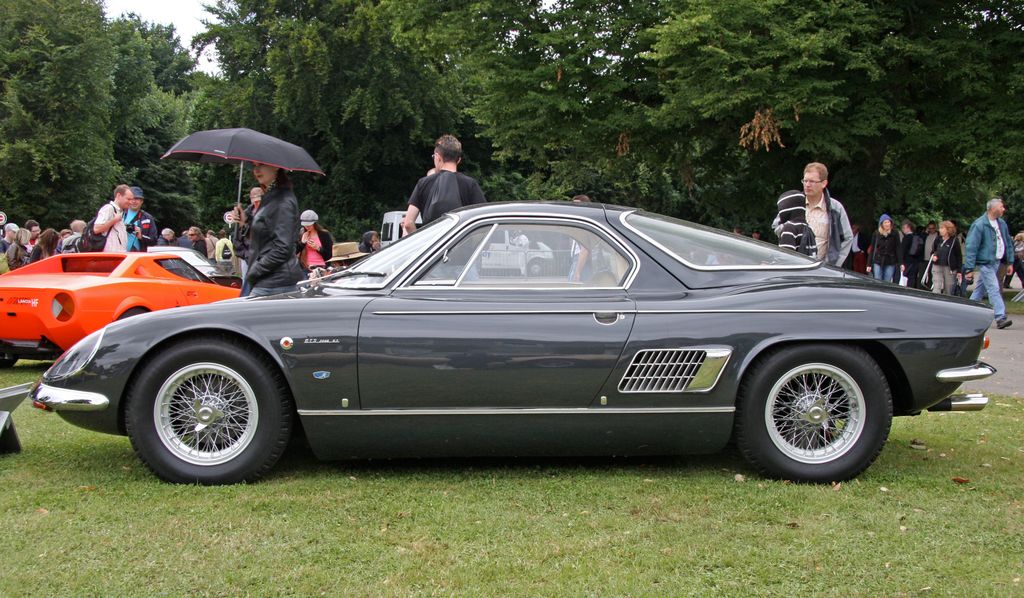
7. **1962 ATS 2500 GT**: The ATS 2500 GT story begins with ambition and rebellion. After a dispute with Enzo Ferrari, engineers left to form Automobili Turismo e Sport (ATS). The 2500 GT emerged as their bold sports coupe answer to Ferrari, symbolizing a breakaway engineering spirit to challenge the established order with fresh ideas.
The 2500 GT was powered by a 2.5L V8 engine, producing approximately 220 horsepower, mounted mid-ship in a tube-frame chassis. This mid-engine configuration was avant-garde for its time, showcasing ATS’s commitment to advanced engineering. However, significant financial troubles hampered production, resulting in fewer than 12 completed examples, making it incredibly rare from inception.
Challenging circumstances meant most ATS 2500 GTs were left incomplete or parted out. Surviving cars are extremely rare and highly sought after by collectors appreciating their unique historical context and engineering significance. These elusive machines occasionally surface at specialized classic Italian gatherings or niche auctions, offering a tantalizing glimpse into an ambitious, short-lived chapter of Italian automotive history. The ATS 2500 GT stands as a testament to the talent that dared to challenge the giants.
Following our journey through Italy’s earliest automotive legends, we now accelerate into the heart of its most elusive treasures. This section reveals more masterpieces that have sculpted global automotive culture, from audacious racers to futuristic hypercars. These next eight vehicles further exemplify Italy’s enduring commitment to design philosophy, performance innovation, and sheer automotive artistry, each holding a unique place in the pantheon of rare Italian engineering.
Car Model Information: 2017 Toyota Camry SE
Name: ATS 2500 GT
Manufacturer: Automobili Turismo e Sport
Production: 1963–1965,12 produced
Class: Sports car
Layout: Rear mid-engine, rear-wheel-drive layout
BodyStyle: coupe
Engine: 2.5 L (2468 cc/150.6 cu in) 90° V8
Transmission: manual transmission
Wheelbase: 2502 mm
Abbr: on
Length: 4331 mm
Width: 1613 mm
Height: 1181 mm
Successor: ATS GT
Designer: Franco Scaglione
Categories: ATS vehicles, Articles with short description, CS1: long volume value, Cars introduced in 1963, Cars of Italy
Summary: The ATS 2500 GT is a sports car made by Italian company Automobili Turismo e Sport in Bologna. It was the first Italian and one of the first GT or sports car in the world to have a mid-engine layout. The group behind the ATS project consisted mainly of Ferrari defectors: family troubles had created an uncomfortable working atmosphere for the personnel. ATS, intent on beating Ferrari on all fronts, also produced a Formula One car for 1963, “a ghastly mess, one of the most inept racing cars ever, and its appalling performances did not help the road car.” Even noted driver Phil Hill was unable to provide ATS with any results on track.
Get more information about: ATS 2500 GT
Buying a high-performing used car >>>
Brand: ATS Model: 2500 GT
Price: $15,995 Mileage: 41,772 mi.
Read more about: Beyond the Auction Block: Unearthing 14 Surprisingly Affordable Classic Cars for Enthusiasts Today
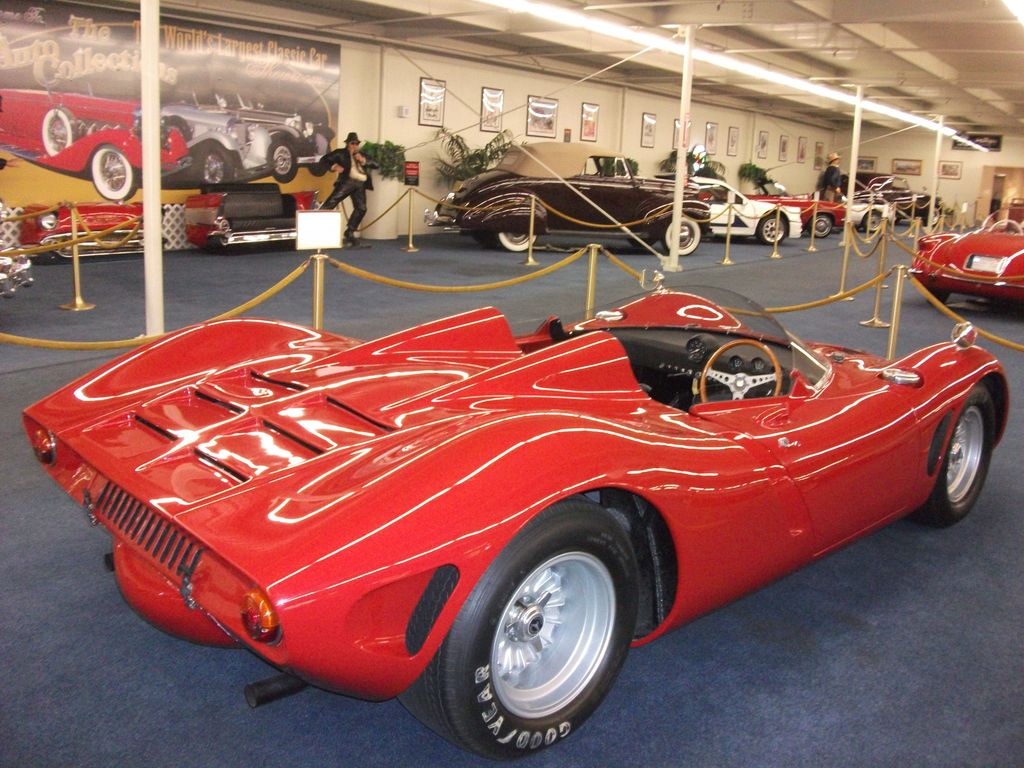
8. **1966 Bizzarrini P538**The 1966 Bizzarrini P538 vividly showcases Giotto Bizzarrini’s audacious engineering vision. This hand-built mid-engine racer, with its sleek open-cockpit roadster body, was conceived specifically for Le Mans. Powered by a Chevrolet-sourced small-block V8, it generated approximately 400 horsepower, a formidable output for its innovative mid-engine barchetta layout. Production was extremely limited, with fewer than eight official chassis ever documented, cementing its bespoke nature as a specialized racing tool rather than a mass-produced model.
Consequently, official authentic survivors are minimal, with some examples either re-bodied or left incomplete. These elusive machines occasionally surface at premier vintage racing festivals or exclusive Bizzarrini enthusiast club gatherings. Here, their unique lineage and racing heritage captivate dedicated admirers, offering a rare glimpse into a bold, independent chapter of Italian motorsport history.
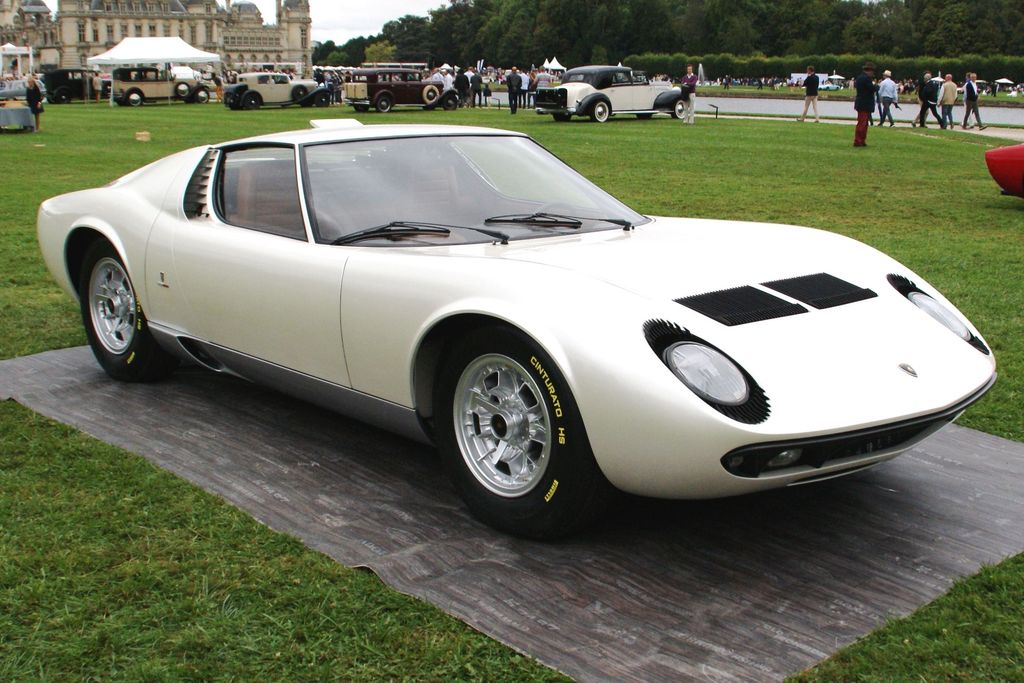
9. **1967 Lamborghini Miura SV Jota**The Lamborghini Miura, already iconic for setting the template for mid-engine V12 exotics, found an even rarer, more extreme expression in the 1967 Miura SV Jota. This experimental racing-spec variant, meticulously developed by test driver Bob Wallace, embodied Lamborghini’s early drive to push supercar performance boundaries. Its svelte bodywork housed a potent 4.0L transverse V12 engine, pushing an astonishing 420 horsepower in its specialized Jota specification, representing the pinnacle of Lamborghini’s engineering ambition during the early supercar revolution.
Officially, the Jota itself was a singular, one-off testbed, though its legend inspired later “SV/J” conversions that sought to mimic its ferocious style and performance. Tragically, the original Jota was destroyed in an accident, adding to its mystique. Today, “Jota-inspired” Miuras are proudly showcased by discerning collectors at prestigious global supercar events, allowing enthusiasts to witness the physical embodiment of an automotive legend that reshaped the landscape of high-performance vehicles.
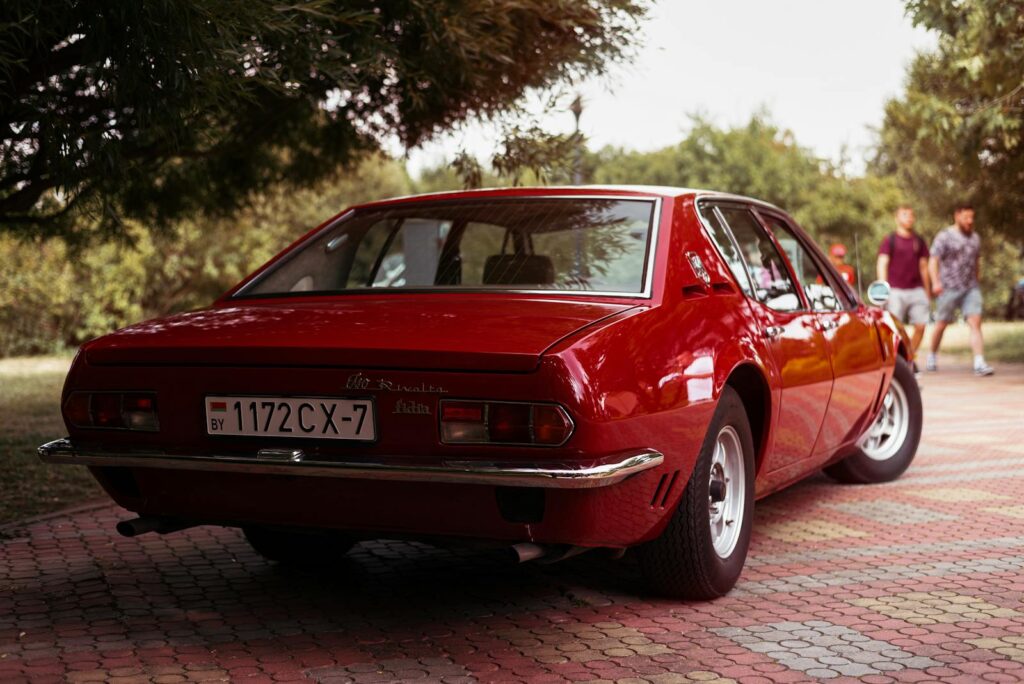
10. **1968 Iso Rivolta Iso Grifo A3/C**The 1968 Iso Rivolta Iso Grifo A3/C stands as a fascinating Italian-American hybrid, a testament to Giotto Bizzarrini’s independent engineering genius. This competition-spec machine, preceding the production Grifo, daringly paired an Italian chassis with the raw power of a Chevrolet Corvette V8 engine, delivering around 350 horsepower. Its advanced De Dion rear suspension underscored its serious performance intentions, aiming for superior handling on the track.
An estimated 10 to 20 competition-spec chassis were built, each unique due to their bespoke nature. Despite its innovative design, the A3/C experienced limited success in endurance racing, often overshadowed by contemporary marques. Consequently, these rare machines are seldom seen outside highly specialized historical Italian racing events or modern revivals like the Le Mans Classic, offering a compelling narrative of cross-cultural automotive collaboration.
Car Model Information: 2017 Toyota Camry SE
Name: Iso Grifo
Production: 1965–1974
Assembly: Bresso
Manufacturer: Iso Autoveicoli S.p.A.
Engine: Chevrolet small-block engine#327,Ford 335 engine#351 Cleveland,Chevrolet Big-Block engine#427,Chevrolet Big-Block engine#454
Transmission: BorgWarner,ZF Friedrichshafen,automatic transmission
Length: 4430 mm
Abbr: on
Width: 1770 mm
Height: 1200 mm
Layout: Front-engine, rear-wheel-drive layout
BodyStyle: coupe
Weight: convert
Wheelbase: 2500 mm
Designer: Giorgetto Giugiaro
Categories: 1970s cars, Articles with hAudio microformats, Articles with short description, Cars introduced in 1963, Commons category link is on Wikidata
Summary: The Iso Grifo is a limited production grand tourer manufactured by Italian automobile manufacturer Iso Autoveicoli S.p.A. between 1965 and 1974. Intended to compete with Grand Touring offerings from Ferrari and Maserati, it used a series of American power trains and components supplied by Chevrolet and Ford. Styling was done by Giorgetto Giugiaro at Bertone, while the mechanicals were the work of Giotto Bizzarrini.
The first production GL models appeared in 1965 and were powered by American Chevrolet small-block 327 (5.4-litre) V8 engines fitted to American supplied Borg-Warner 4-speed manual transmissions. The 5.4-litre engine was rated at 300 hp (220 kW) in its standard form and allowed the car to attain a speed of 110 km/h (68 mph) in first gear.
In 1970, the Grifo Series II was introduced, with sleeker styling and hide-away headlights and powered by big-block Chevrolet 454 V8 (7.4-litre) engines. It was replaced in 1972 with the Grifo IR-8, which used a small-block Ford Boss 351 engine (5.8-litre) as its power-train. This was the last new Iso of any type, as the manufacturer went bankrupt; it shut down and ceased all operations permanently in 1974. The bankruptcy had a number of causes, perhaps the largest being the 1973 oil crisis, which significantly reduced demand for cars with large displacement engines.
Get more information about: Iso Grifo
Buying a high-performing used car >>>
Brand: Iso Rivolta Model: Iso Grifo A3/C
Price: $15,995 Mileage: 41,772 mi.
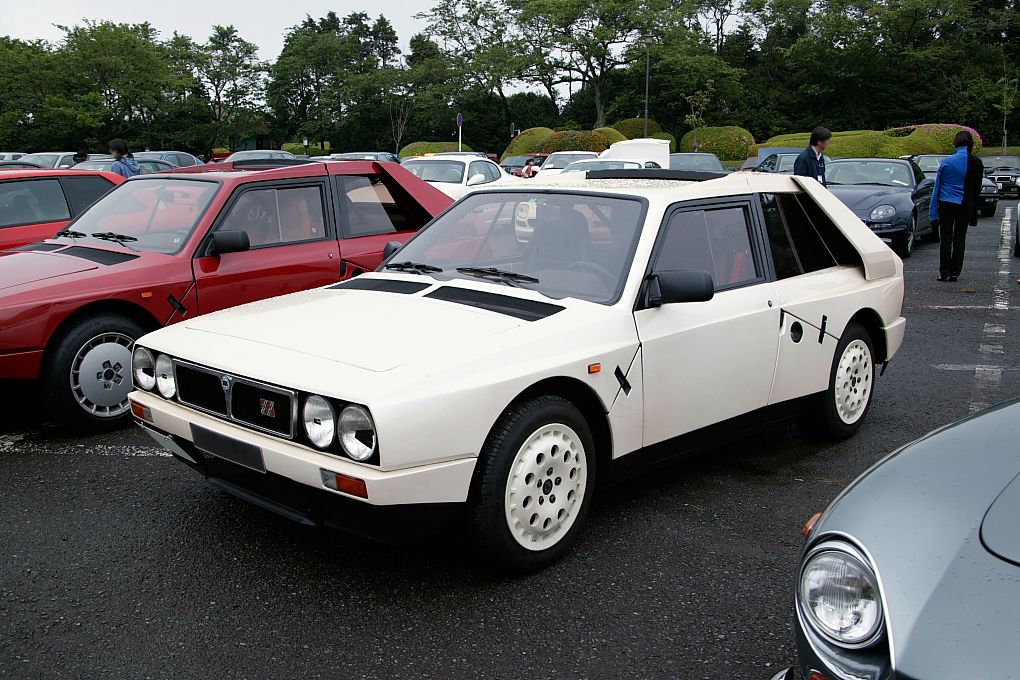
11. **1985 Lancia Delta S4 Stradale**The 1985 Lancia Delta S4 Stradale originates directly from the fiercely competitive Group B rally era, engineered by Lancia as a homologation special. This remarkable vehicle uniquely bridged turbocharging and supercharging in a compact, immensely powerful hatchback body. Its rally-inspired skin housed a sophisticated 1.8L twincharged four-cylinder engine, delivering approximately 250 horsepower in road-going trim, a setup that minimized turbo lag for instant power delivery.
With approximately 200 units produced for homologation, genuine Stradale models are highly collectible, reflecting the intense “Group B mania” that gripped motorsport fans. Many were predictably used in private rally events or converted for racing. Surviving examples are prized by rally historians and automotive enthusiasts, frequently appearing at dedicated rally festivals, specialized Lancia gatherings, or Group B tribute events, offering a visceral reminder of a golden, albeit dangerous, age of motorsport.
Car Model Information: 2017 Toyota Camry SE
Name: Lancia Delta S4
Category: Group B
Predecessor: Lancia Rally 037
Successor: Lancia ECV,Lancia Delta HF
Chassis: Steel
FrontSuspension: Double wishbone suspension
RearSuspension: Double wishbone suspension,coil spring
Length: 3990 mm
Abbr: Fiat Twin Cam engine
Width: 1880 mm
Height: 1344 mm
Wheelbase: 2440 mm
Weight: convert
Capacity: 1759 cc
Configuration: DOHC
EnginePosition: Mid-engine design
FirstWin: Wales Rally GB
LastWin: Olympus Rally
Entries: 12 (WRC)
Wins: 5 (WRC)
Constructor: Fiat Auto
Categories: 1980s cars, Abarth vehicles, All articles needing additional references, Articles needing additional references from August 2008, Articles with short description
Summary: The Lancia Delta S4 (also known by its Abarth project code SE038) is a Group B rally car manufactured by Lancia. The Delta S4 competed in the World Rally Championship in 1985 and 1986, until Group B class was disbanded and the cars were eventually banned from competition by the FIA. The car replaced, and was an evolution of, the 037. The S4 took full advantage of the Group B regulations, and featured a midship-mounted engine and all-wheel drive for superior traction on loose surfaces.
A total of 28 complete chassis were manufactured.
Get more information about: Lancia Delta S4
Buying a high-performing used car >>>
Brand: Lancia Model: Delta S4 Stradale
Price: $15,995 Mileage: 41,772 mi.
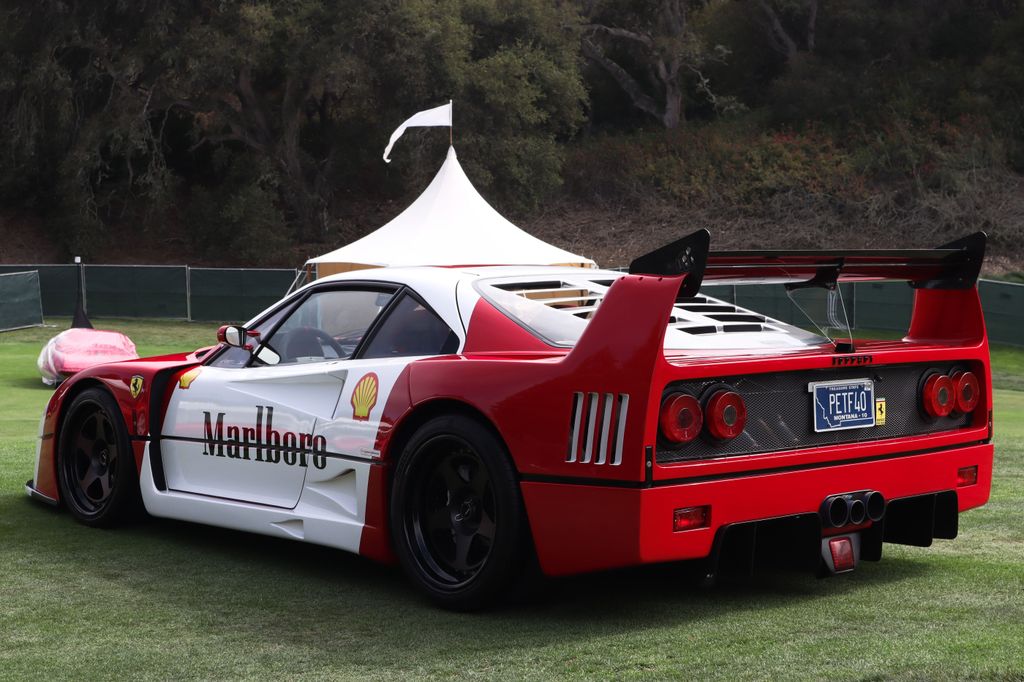
12. **1988 Ferrari F40 LM**The 1988 Ferrari F40 LM is not just an F40; it is a more extreme, track-focused evolution of Enzo Ferrari’s legendary swan song. While the standard F40 was formidable, the LM (Le Mans) variants were purpose-built by Michelotto for international competition, pushing performance far beyond its road-going counterpart. This embodied Ferrari’s uncompromised racing spirit, powered by a fearsome 2.9L twin-turbo V8 engine uprated from 478 horsepower to an astonishing 700 horsepower in race trim.
This immense power, combined with a lightweight Kevlar-carbon composite chassis, made the LM an absolute weapon on the circuit. Production was incredibly exclusive, with only about 19 official LM conversions ever undertaken, cementing its status as one of the rarest and most potent Ferraris. These extraordinary F40 LM examples occasionally appear in historic GT racing events, at elite Ferrari festivals, and curated supercar exhibits, offering a rare opportunity to witness a true racing thoroughbred up close.
Car Model Information: 1990 Ferrari F40
Name: Ferrari F40
Manufacturer: Ferrari
Production: 1987–1996,1,311 produced (including LM, Competizione and GTE)
Class: Sports car
Assembly: Maranello
Predecessor: Ferrari 288 GTO
Successor: Ferrari F50
BodyStyle: berlinetta
Layout: Longitudinal engine,Rear mid-engine, rear-wheel drive layout
Engine: cvt,twin-turbo
Powerout: cvt,cvt
Transmission: manual transmission
Wheelbase: cvt
Length: cvt
Width: cvt
Height: cvt
Weight: cvt
Sp: uk
Designer: ill
Categories: 1990s cars, 24 Hours of Le Mans race cars, All articles with unsourced statements, Articles with short description, Articles with unsourced statements from July 2023
Summary: The Ferrari F40 (Type F120) is a mid-engine, rear-wheel drive sports car engineered by Nicola Materazzi with styling by Pininfarina. It was built from 1987 until 1993, with the LM, Competizione and GTE race car versions continuing production from 1994 to 1996 respectively. As the successor to the 288 GTO (also engineered by Materazzi), it was designed to celebrate Ferrari’s 40th anniversary and was the last Ferrari automobile personally approved by Enzo Ferrari. At the time it was Ferrari’s fastest, most powerful, and most expensive car for sale.
The car debuted with a planned production total of four hundred units and a factory suggested retail price of approximately US$400,000 (fivefold the price of its predecessor, the 288 GTO) in 1987 ($1,110,000 today). One of those that belonged to the Formula One driver Nigel Mansell was sold for the then record of £1 million in 1990, a record that stood into the 2010s. A total of 1,311 to 1,315 cars were manufactured with 213 units destined for the United States.
Get more information about: Ferrari F40
Buying a high-performing used car >>>
Brand: Ferrari Model: F40
Price: Not Priced Mileage: 3,511 mi.
Read more about: Beyond the Auction Block: Unearthing 14 Surprisingly Affordable Classic Cars for Enthusiasts Today
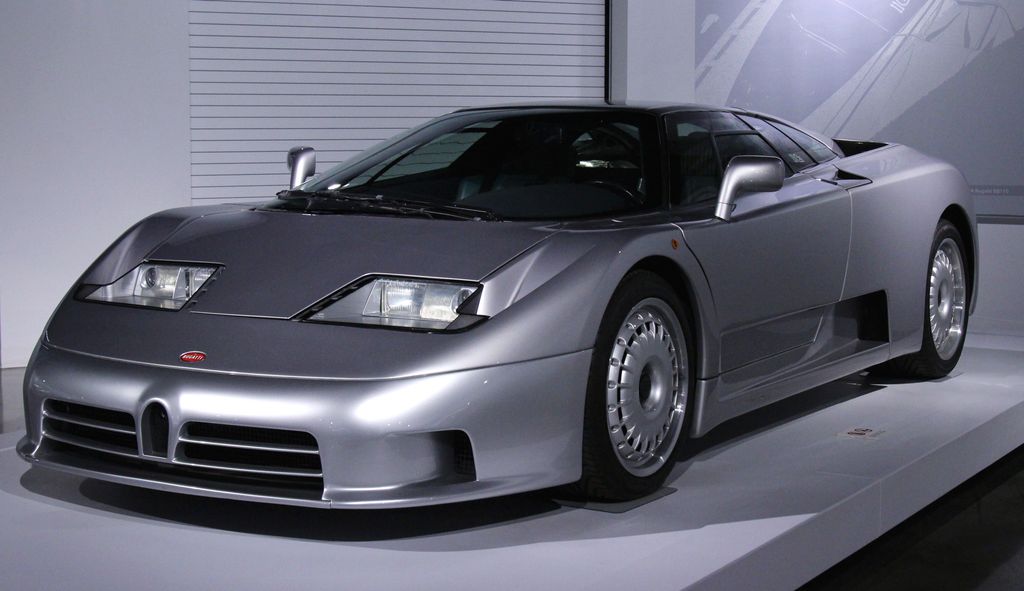
13. **1994 Bugatti EB110 SS**The 1994 Bugatti EB110 SS emerged as a high-output, aggressive variant from the Campogalliano-era Bugatti, representing the ambitious revival of the iconic brand under Romano Artioli. The “Super Sport” (SS) version pushed its capabilities and visual aggression to a higher plane, symbolizing the vibrant “1990s supercar renaissance.” Beneath its striking bodywork, the EB110 SS housed a complex 3.5L quad-turbo V12 engine, producing an impressive 600 horsepower, delivering blistering performance with its all-wheel-drive system.
Production of the SS version was extremely limited, with fewer than 40 units built out of approximately 140 total EB110s, ensuring its immediate rarity. The factory ultimately faced significant financial difficulties and went bankrupt, paradoxically causing existing EB110 SS models to soar in value, becoming highly coveted collector’s items. Today, these distinctive supercars are showcased at modern hypercar rallies, major high-end auctions, or specialized Bugatti gatherings, powerful reminders of an ambitious chapter in Bugatti’s storied history.
Read more about: The 17 Greatest French Cars: Icons of Design and Performance
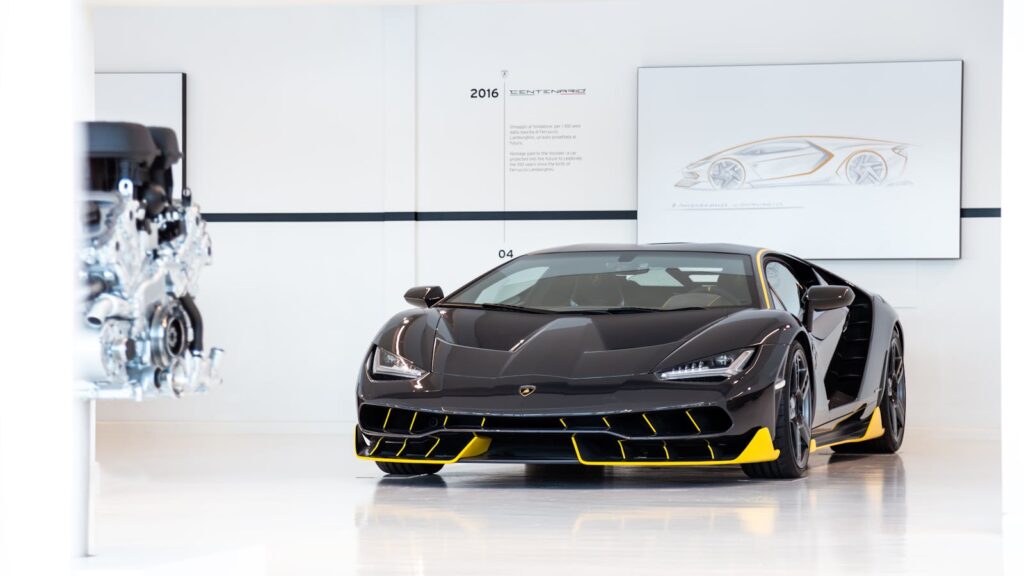
14. **2017 Lamborghini Centenario**The 2017 Lamborghini Centenario was conceived as a spectacular tribute to the 100th anniversary of founder Ferruccio Lamborghini’s birth, establishing itself as a pinnacle of modern automotive engineering. Built around an advanced carbon-fiber monocoque, its design and performance were unparalleled. Propelling the Centenario was Lamborghini’s most powerful V12 engine at its launch: a 6.5L V12 delivering approximately 770 horsepower, combined with sophisticated active aerodynamics for an exhilarating driving experience.
Its rarity was meticulously controlled, limited to just 20 coupes and 20 roadsters, with each unit sold out even before its official release and meticulously personalized by its affluent buyers. As a contemporary hypercar, the Centenario is a staple in the exclusive modern hypercar community, frequently residing within private collections. These extraordinary machines are occasionally brought out for display at elite supercar meets or closed-track VIP events, offering a rare opportunity to witness their breathtaking design and hear the roar of their potent V12 engines.
Car Model Information: 2017 Lamborghini Centenario LP770-4
Name: Lamborghini Centenario
Caption: Lamborghini Centenario coupé
Manufacturer: Lamborghini
Production: unbulleted list
BodyStyle: unbulleted list
Designer: unbulleted list
Engine: Lamborghini V12#Second generation,V12 engine
Powerout: 770 PS
Abbr: on
Assembly: Sant’Agata Bolognese
Related: Lamborghini Aventador
Transmission: electrohydraulic manual transmission
Class: Sports car
Length: 4924 mm
Width: 2062 mm
Height: 1143 mm
Wheelbase: 2700 mm
Weight: unbulleted list
Doors: Scissor doors
Layout: Mid-engine, four-wheel-drive layout
Categories: All articles with unsourced statements, Articles with short description, Articles with unsourced statements from December 2024, Cars introduced in 2016, Commons category link is on Wikidata
Summary: The Lamborghini Centenario (Italian: [tʃenteˈnaːrjo], Spanish: [θenteˈnaɾjo]) is a limited production sports car based on the Lamborghini Aventador which was unveiled at the 2016 Geneva Motor Show to commemorate the 100th birthday of the company’s founder, Ferruccio Lamborghini.
Get more information about: Lamborghini Centenario
Buying a high-performing used car >>>
Brand: Lamborghini Model: Centenario
Price: $2,292,699 Mileage: 7,491 mi.
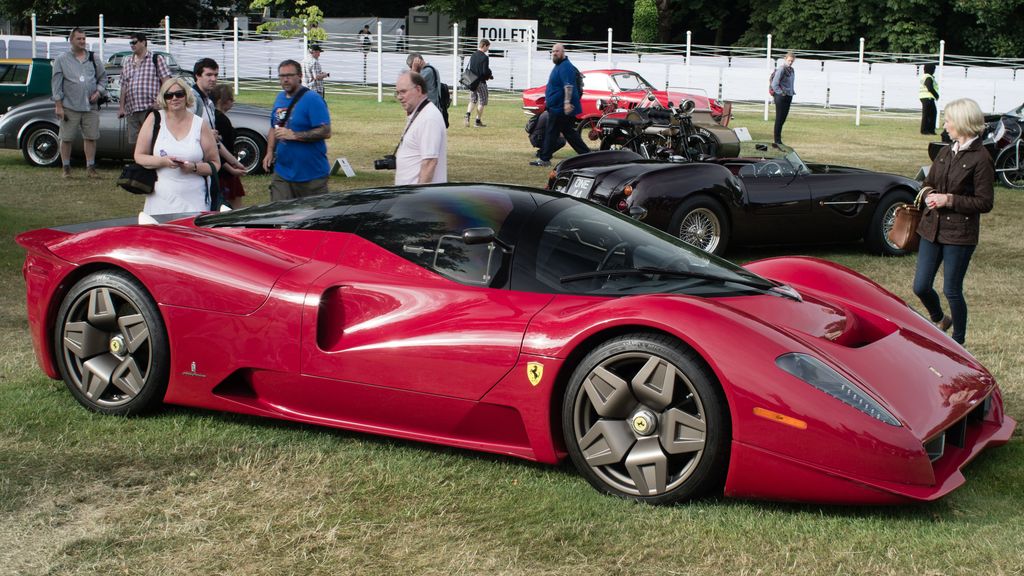
15. **2006 Ferrari P4/5 by Pininfarina**The 2006 Ferrari P4/5 by Pininfarina stands as a truly unique masterpiece, embodying the bespoke coachbuilt revival in modern automotive design. This singular road-going example was famously commissioned by collector James Glickenhaus, who envisioned a fusion of a modern Ferrari Enzo chassis with a custom-built body inspired by the iconic Ferrari P-series race cars of the 1960s. It is a stunning blend of past and present, a one-off creation of unparalleled beauty and engineering.
Beneath its exquisitely crafted P4-inspired bodywork lay the potent 6.0L V12 engine from the Ferrari Enzo, generating approximately 660 horsepower. This integration of the Enzo’s cutting-edge mechanics with a completely bespoke, retro-futuristic exterior design made the P4/5 an automotive anomaly. Its singular existence cemented its status as one of the rarest modern Ferraris, a unique testament to personalized automotive artistry. Upon its unveiling, it received international acclaim, particularly at prestigious events like Pebble Beach, captivating judges and enthusiasts. It is most often showcased at top-tier concours or exclusive Ferrari-themed gatherings, provided the owner consents.
From the raw, unbridled power of a mid-century Maserati endurance racer to the cutting-edge, carbon-fiber artistry of a modern Lamborghini hypercar, Italy’s rarest automobiles are more than just machines; they are narratives cast in metal and carbon. Each tells a story of daring ambition, meticulous craftsmanship, and an unyielding pursuit of automotive perfection. They are the elusive threads weaving the rich tapestry of Italian motoring history, perpetually fascinating and inspiring awe in all who are fortunate enough to encounter them. These mechanical masterpieces, whether preserved in pristine private collections or thundering across historic race tracks, serve as living monuments to Italy’s profound and enduring impact on global automotive culture.

